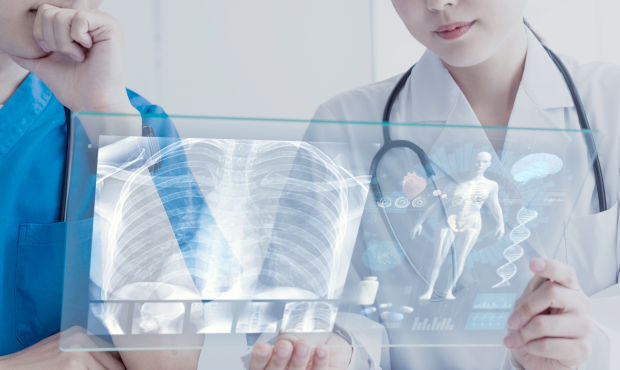Introduction
Organization
Organization
Organization Introduction
Divisions
Seminar
Member
Education
Introduction
Organization
Organization
Organization Introduction
Divisions
Seminar
Member
Education


Organization
Organization Introduction
Divisions
Member
Education
Organization
Diagnostic Medical Device Development Division
Conduct research mainly on diagnostic medical devices in cooperation with the Planning And Strategy Division

In collaboration with the Planning And Strategy Division, we will conduct needs provision, development and assessment of diagnostic medical devices, primarily those that fall under Class II controlled medical devices (e.g., diagnostic imaging devices, biological phenomenon measuring devices, bioinformatics monitors, and specimen testing devices).
Research topic
Study on Numerical Simulations of Blood Flows
Characteristics of blood flows in human blood vessels are being numerically investigated using CFD. The left figure shows a blood flow in a cerebral aneurysm predicted using the lattice Boltzmann method. The cerebral aneurysm model was reconstructed from TOF-MRA data. A cerebral aneurysm is a saccular dilatation forming on cerebral arteries. Rupture of a cerebral aneurysm causes swift death or poor prognosis at a high probability. Most cerebral aneurysms, therefore, are either stented or clipped to prevent rupture. If cerebral aneurysms are known to hardly rupture under the patient specific condition, such surgery burdensome for patients can be avoided. Understanding the mechanism of the aneurysm growth is therefore of great demand of neurosurgeons. This study has been carried out to develop a numerical tool for understanding the relation between the blood flow characteristics and the aneurysm growth in a collaboration with the research group of Prof. E. Kohmura and Dr. H. Kimura at the Department of Neurosurgery, Kobe University.
■Member
Professor Akio Tomiyama, Associate Professor Kosuke Hayashi
Research on computational biomechanics of physiological flows
Flows play important roles in physiological functions. Examples include blood flows, respiratory airflows, and gastrointestinal flows. A small change in flows may cause several types of diseases. However, it is experimentally difficult to visualize the flows in our body. We are developing computational biomechanics of physiological flows for understanding physiological functions and diseases from mechanical perspectives. Flows in our body are often very complex. For instance, blood is a suspension of red blood cells, and food bolus in the gastrointestinal system consists of gases, liquids and solids. We must analyze an integrated system, coupling fluid mechanics with solid mechanics, biochemical interaction etc. We will establish biofluid mechanics of the gastrointestinal system and computational biomechanics of malaria and metastasis using advanced techniques of computational mechanics.
■Member
Professor Yohsuke Imai, Assistant Professor Shunichi Ishida
Study on novel hydrogels that work as an anticancer drug
Supramolecular hydrogel, which is formed by the self-assembly of small molecular building blocks (low-molecular-weight gelators), is a new class of hydrogel discovered in the last decade that has attracted much attention owing to being thermoreversible, designable and responsive to external stimuli. We found supramolecular gelators that worked as unique candidates of anti-cancer drugs. The anti-cancer supramolecular gelators, we recently synthesized peptide-amphiphile, has a simple molecular structure that can gelate the interior of cancer cells in the presence of cancer-related enzyme.
■Member
Professor Tatsuo Maruyama
